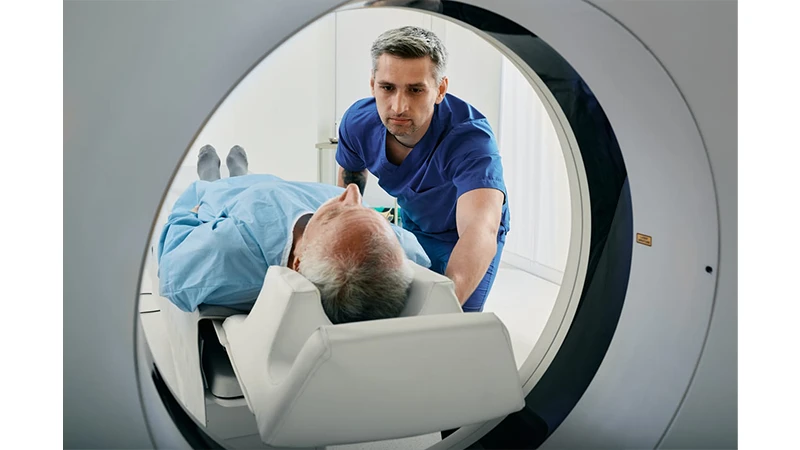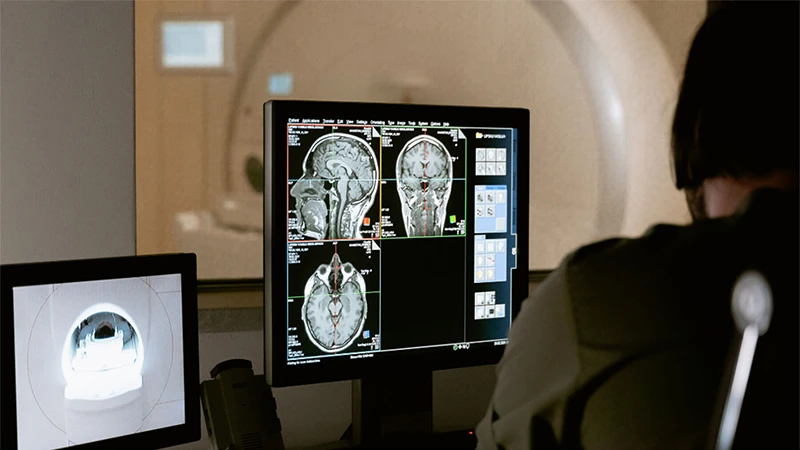A Day in the Life of a Radiology Technologist
The role of a Radiologic Technologist, or "Rad Tech," is often misunderstood. Far from just "pushing a button," a technologist is a highly skilled healthcare professional who serves as the crucial link between the patient, the sophisticated imaging equipment, and the diagnosing radiologist. A typical day is a dynamic blend of technical expertise, patient care, and critical thinking.
The Morning Routine: Quality Control and Preparation
The day often begins before the first patient arrives. The first task is to perform daily quality control (QC) checks on the imaging equipment. This involves running calibration scans and phantom tests to ensure the machine is operating within strict safety and quality standards. Any deviation must be addressed before patient scanning can begin. Following QC, the technologist reviews the day's schedule on the RIS, prepares the scan rooms, and ensures all necessary supplies, like contrast agents and IV kits, are ready.
Patient Interaction: The Core of the Job
For each patient, the technologist is the primary point of contact. This part of the job requires excellent communication and empathy.
- Patient Verification: The technologist must rigorously verify the patient's identity and the exam ordered, cross-referencing with the RIS to prevent errors.
- Screening and History: A thorough safety screening is performed. For an MRI, this means checking for any metal implants. For a CT with contrast, it involves asking about allergies and kidney function. A brief medical history relevant to the exam is also taken.
- Explanation and Reassurance: Many patients are anxious. The technologist explains the procedure, answers questions, and provides reassurance to help the patient feel comfortable and able to cooperate.

The Scan: A Display of Technical Skill
This is where technical expertise comes to the forefront. The technologist must:
- Position the Patient: Precisely position the patient on the scanner table to ensure the correct anatomy is included in the images.
- Operate the Scanner: From a control console, the technologist selects the appropriate imaging protocols, sets the technical parameters, and acquires the images.
- Administer Contrast: If required, the technologist is trained to start IVs and administer contrast agents, carefully monitoring the patient for any adverse reactions.
- Evaluate Image Quality: The technologist critically assesses the images as they are acquired to ensure they are free of artifacts and are of diagnostic quality. If there's an issue, they must troubleshoot and repeat the scan if necessary.

Post-Processing and Documentation
After the scan is complete, the work isn't over. The images are sent to the PACS, and the technologist may need to perform post-processing tasks, such as creating 3D reconstructions. They must also meticulously document the procedure in the RIS, including information like the dose of radiation used or the amount of contrast administered. This documentation is a vital part of the patient's medical record.
Conclusion: The Eyes of Medicine
A day in the life of a radiology technologist is fast-paced, challenging, and incredibly rewarding. They are the expert operators of some of the most advanced technology in medicine. By combining their deep understanding of anatomy, physics, and equipment with compassionate patient care, they produce the high-quality images that allow radiologists to act as "the eyes of medicine," making accurate diagnoses that save lives.


Comments